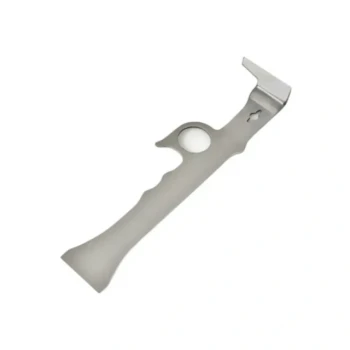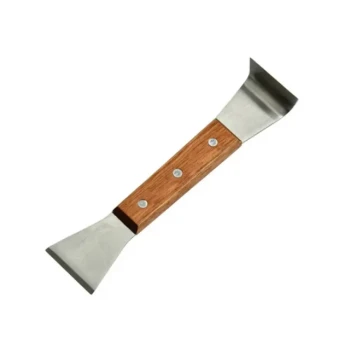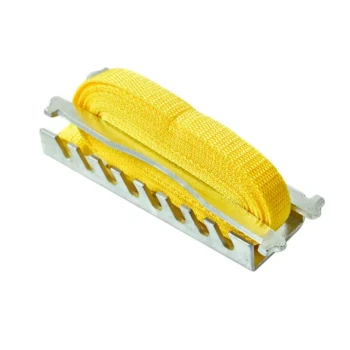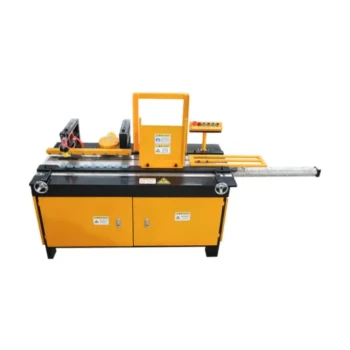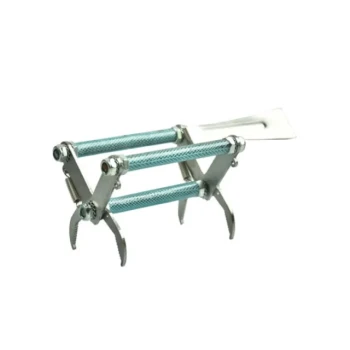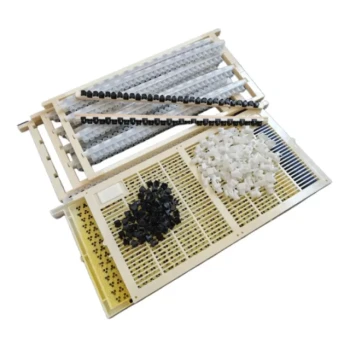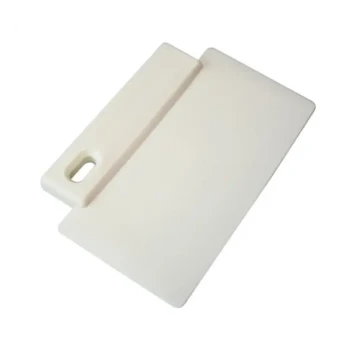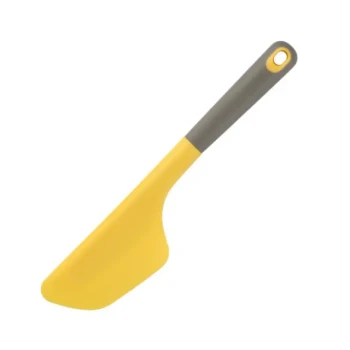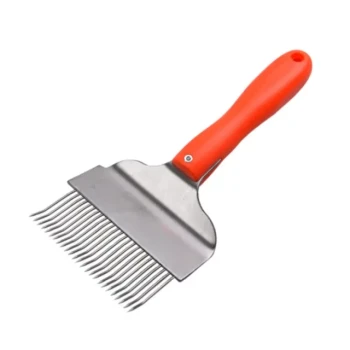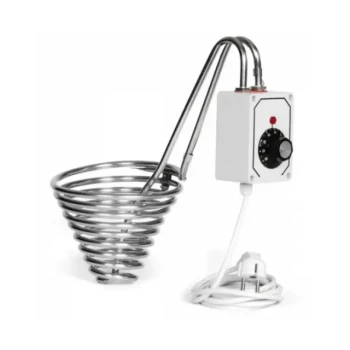Starting your beekeeping journey? The Langstroth hive stands out as the most beginner-friendly option, offering modular design advantages, strong community support, and easier colony management compared to alternatives like Top-Bar or Warre hives. Here’s why it’s the gold standard for new apiarists.
Why Langstroth Hives Are the Gold Standard for Beginners
Modular Design and Ease of Inspection
Langstroth hives use stackable, standardized boxes with removable frames—a design that simplifies hive inspections and pest management. Unlike Top-Bar hives, where comb construction is unstructured, Langstroth frames guide bees to build orderly combs, making it easier to:
- Monitor bee health: Check for varroa mites or brood diseases frame by frame.
- Expand the colony: Add supers (additional boxes) as the population grows, preventing overcrowding and swarming.
- Harvest honey efficiently: Frames can be extracted without destroying comb, unlike Top-Bar hives where harvesting often disrupts the entire structure.
Research shows that beginners with Langstroth hives report higher success rates in swarm control, as the modular design allows proactive space management.
Access to Beekeeping Communities and Mentorship
Langstroth hives dominate the beekeeping world, meaning:
- Easier troubleshooting: Most experienced beekeepers use Langstroth systems, so advice is readily available.
- Standardized equipment: Replacement parts and tools (e.g., extractors) are widely compatible.
- Learning resources: Over 80% of beginner guides and workshops focus on Langstroth methods.
For beginners, this ecosystem reduces the trial-and-error phase.
Challenges Beginners Face with Alternative Hive Types
Top-Bar Hives: Limitations in Scalability and Swarm Control
While Top-Bar hives appeal to those seeking a "natural" approach, they pose hurdles for beginners:
- Unpredictable comb construction: Bees build freeform combs, making inspections messy and increasing the risk of comb collapse during checks.
- Swarm management difficulties: Without modular expansion, colonies often outgrow the single-box design, forcing swarms.
- Lower honey yields: Comb harvests are destructive, limiting productivity compared to Langstroth’s reusable frames.
Warre Hives: Complexity in Monitoring Bee Health
Warre hives mimic natural tree cavities but require nuanced care:
- Minimal inspections: The "hands-off" philosophy makes it harder to spot pests or diseases early.
- No frames: Like Top-Bar hives, combs are attached to the hive walls, complicating honey extraction.
- Steeper learning curve: Fewer mentors use Warre systems, leaving beginners to rely on niche forums.
How to Start with a Langstroth Hive
Essential Equipment and Where to Source It
A basic Langstroth setup includes:
- Deep brood box: For colony expansion.
- Frames with foundations: Choose wax-coated options for easier comb building.
- Super boxes: Added during nectar flows for honey storage.
- Protective gear: Veil, gloves, and a smoker.
HONESTBEE offers wholesale kits with these essentials, tailored for commercial apiaries and distributors who prioritize durability and scalability.
Seasonal Maintenance Tips for First-Year Beekeepers
- Spring: Monitor for swarm cells; add supers if the brood box is 70–80% full.
- Summer: Check for varroa mites monthly; use screened bottom boards for ventilation.
- Fall: Harvest honey, leaving enough stores for winter.
- Winter: Insulate hives and reduce entrances to deter pests.
Ready to Start Your Beekeeping Journey?
HONESTBEE’s Langstroth hive kits provide beginners with reliable, community-tested equipment—helping you focus on learning, not troubleshooting. Explore our wholesale options today and join thousands of successful first-year beekeepers.
Visual Guide
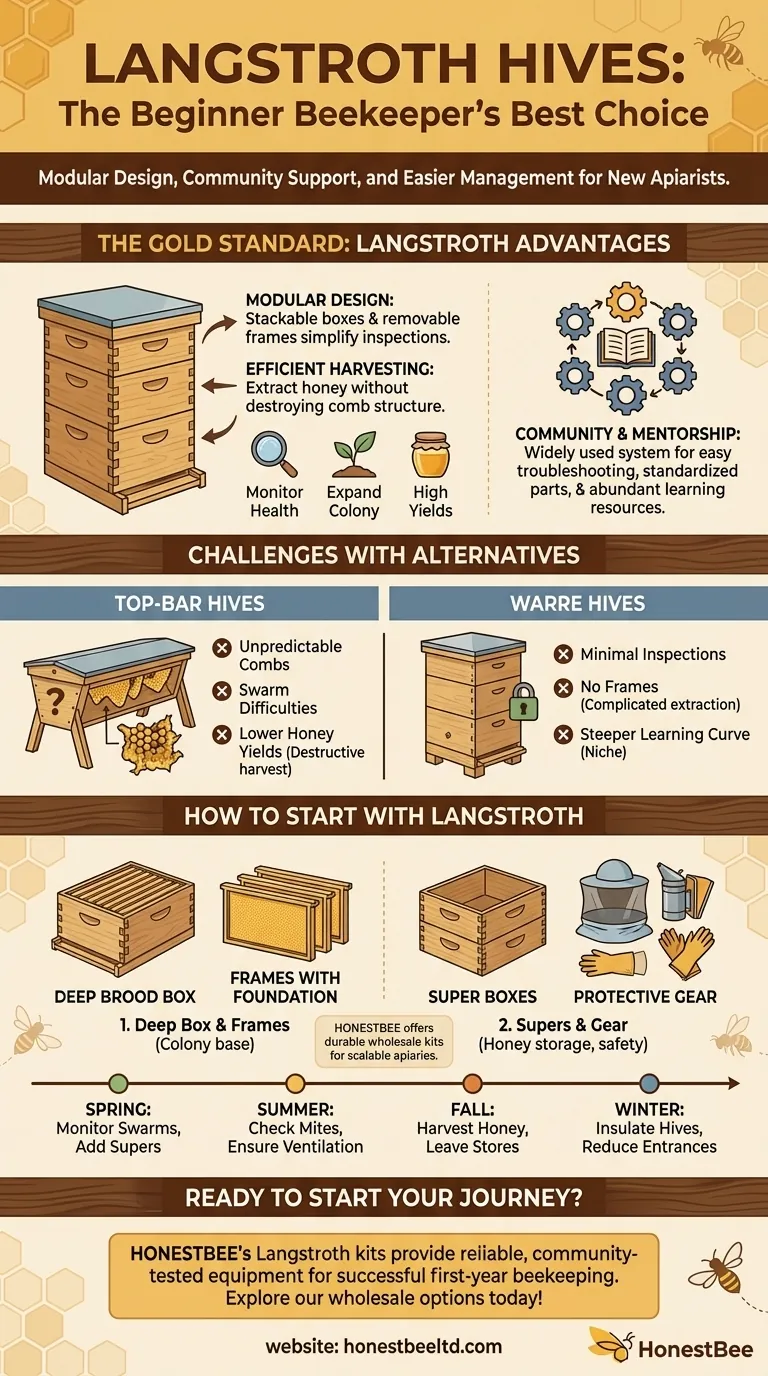
Related Products
- Long Langstroth Style Horizontal Top Bar Hive for Wholesale
- HONESTBEE Advanced Ergonomic Stainless Steel Hive Tool for Beekeeping
- Professional Dual-End Stainless Steel Hive Tool for Beekeeping
- Plastic Bee Hive Stand for Beekeeping
- Professional Galvanized Hive Strap with Secure Locking Buckle for Beekeeping
Related Articles
- How to Choose Between Top Bar and Langstroth Hives for Effortless Beekeeping
- How to Harvest Honey from Top Bar Hives Sustainably: A Bee-Friendly Guide
- Beyond the Box: The Psychology of Space in Top Bar Beekeeping
- How to Prevent Cross-Combing in Foundationless Hives: A Beekeeper’s Guide
- Essential Beekeeping Equipment for Beginners: Functions, Selection, and Best Practices


